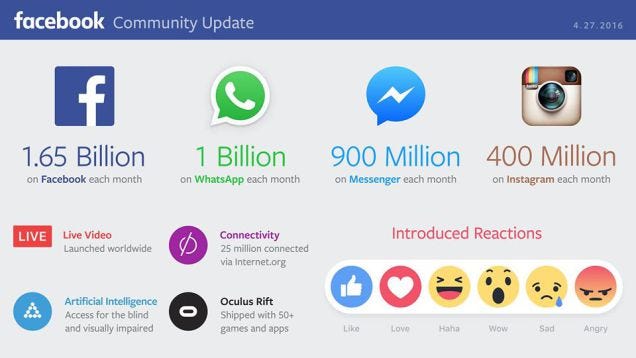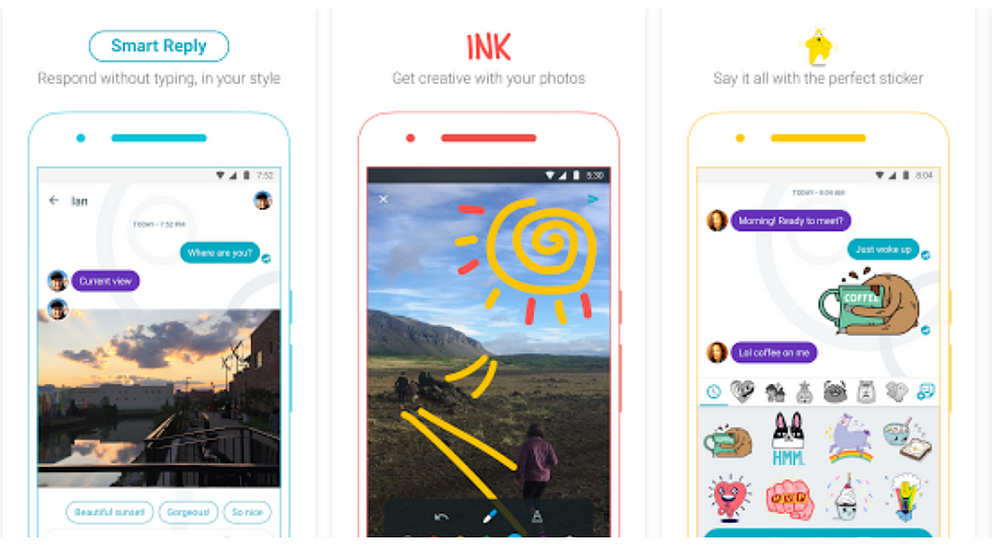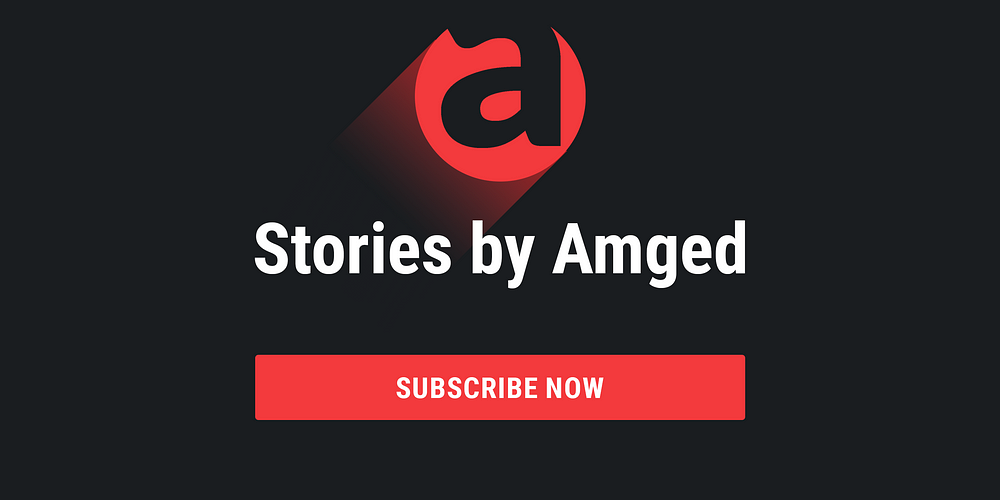Here’s my story’s compelling opening: “Google Allo is direct competitor of Facebook Messenger, WhatsApp & Snapchat and whatever falls in that category” but that’s not what we’re here for. No, not really!
With Facebook Messenger accomplishing their 1b users milestone earlier this quarter, a number that WhatsApp already accomplished earlier this year, and with 150 million DAILY ACTIVE USERS of Snapchat; Google just “had to” make a move.

What we know about Allo, Google’s Messaging App
Reports have been saying the app is already release, for me, it’s still showing as “Coming Soon”. The app was announced earlier this quarter by google, and the the descrioption says:
Google Allo, a smart messaging app that helps you say more and do more. Express yourself better with stickers, doodles and HUGE emojis & text. Allo brings you the Google Assistant, preview edition.
The app is actually a mix of everything, just Facebook messenger, you can use stickers, like Snapchat, you can do some coloring and finally, Google Assistant, which I think, it’s a direct competition of Messenger Bots emoji unicode: 1f916 (I could be wrong however)

Dark Social
Let’s try to connect the dots here — as a marketer, you might have been noticing a massive increase of your direct traffic, and you say to yourself, there is no way all these people manually wrote my the URL of my page “mydomain/category/article-title”, right?! Well, the main causes of massive increase in direct traffic is “dark social”.
What is Dark Social
Dark Social happens when someone shares content or a link by copying and pasting into communications such as emails, instant messages and forum posts. The term was coined by Alexis C. Madrigal, tech editor at Atlantic.com, in 2012.
3 Main Reasons of Dark Social:
- Native Mobile Apps: as of today, there are 7.2 billion mobiles, meaning mobile phones exceeded the number of people. Mobile apps either use their very own browser and open an in-app instance like Twitter & Facebook, or force a new tab of your browser to be open the URL like Instagram, in both cases, these are considered direct traffic.
- Emails: A lot of email providers don’t pass a referrer when links are clicked, making these clicked links as direct traffic
- Chat and Messaging Apps: And this is what we’re talking about in this post — Just like emails, Chat based apps will not pass a referrer to the browser, meaning more direct traffic/dark social for your analysis!
- Secured Pages: HTTPS pages, wont pass referrers for HTTP pages, more of the dark!
(umm, maybe 4 points not just 3)
What does this mean for Marketer?
Programmatic ad buying platform RadiumOne estimates that 70% of social shares are dark. Which means 70% less visibity on your content sharing. This is very dark if you ask meemoji unicode: 1f605!
Seeing the above numbers — as well as the massive increase in your “direct traffic” analytics — it’s obvious that direct social is still on the rise. It is crucial now for marketers to embrace Dark Social and accept the dark! emoji unicode: 1f31a Marketers should start preparing (already very late) to properly track it, to finally be able to see the light emoji unicode: 1f605
How To Measure Dark Social
1- With Dark Social, you’ll have to get your hands a bit dirty a good start would be using UTMs “&utm_source=socail&utm_channel=twitter”. Google already created a URL Builder page to help explain what are they and how to generate them (still manual process but it helps). But, what if your brand created a URL with UTMs and shared it on Twitter, then, one of your followers copied the link and shared it with his friend on Facebook Messenger? you’re completely in the dark, and receiving “false” information and analytics.
2- Google Analytics: A well written article by Robert Allen explains how to measure Dark Social using Google Analytics.
3- If you’re not very familiar with GA, another way to reduce dark social, is to shorten your URLs using bitly, I personally use this method and so are many websites, Buffer is one of them. Have a look on their article, showcasing couple of successful case study to measure dark social using Bitlinks.
KIND used Bitlinks in their spring campaign to organically drive traffic out of Snapchat and track engagement.

By posting the links, into their snaps, they were able to track the engagement came from Snapchat, and were no longer in the dark!
4. Specifically for Native Mobile Apps, they will pass an identifier in the UserAgent field even when they don’t pass a referrer, For example, Facebook passes FBIOS as a UserAgent string
5. Simplymeasured says they have a beta product that can provide more insights, i haven’t tried it, but you can learn more here
More problems for Marketers
The mentioned measurement points above, still only addresses Native Mobile apps and some Messaging Apps, but what about emails and SMS? the other major thing is measuring referrals? if you’re running a refer to a friend kind of referrals, without offering trackable links to customers, these referral sales are likely hidden in your “direct traffic” and they would miss their rewards.
Powerful Closure
The way we communicate has changed dramatically — private conversations are massively increasing, the numbers are obvious, Twitter increased their group DMs numbers, and the characters count for DMs, 68 billion messages are being sent everyday by WhatsApp users, dark social is increasing by the minute, Google can’t afford to miss such huge number of conversations and introduced Allo Messaging App, and we; as marketers, shouldn’t get lost in the process!

If you find my article useful please consider clicking the heart button to recommend this story
